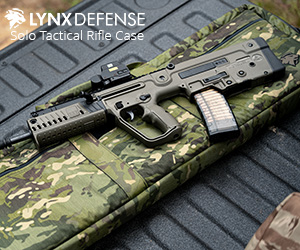Carrying a CCW without a round in the chamber is like saying "I'll put my seat belt on when I see the semi run the red light". You never know when you are going to have to draw your weapon and use it if you have it on you it needs to be ready to go. There is nothing that says you will be on your feet when the attack comes you may be seated or attacked from behinde the idea of trying to make ready while the attack is taking place sounds like a good way to make a bad day worse.
Just my opinion
really good points, thanks. Nice analogy with seat beat. I lol'd



 The real world sucks. Getting in a defensive situation, you're probably already behind the curve and at a disadvantage. Things can go bad quick, and you may not have time or opportunity to operate that gun with both hands. It's also one of the reasons I have trained a lot with retention fire, and put a decent amount of emphasis on that with students.
The real world sucks. Getting in a defensive situation, you're probably already behind the curve and at a disadvantage. Things can go bad quick, and you may not have time or opportunity to operate that gun with both hands. It's also one of the reasons I have trained a lot with retention fire, and put a decent amount of emphasis on that with students.


